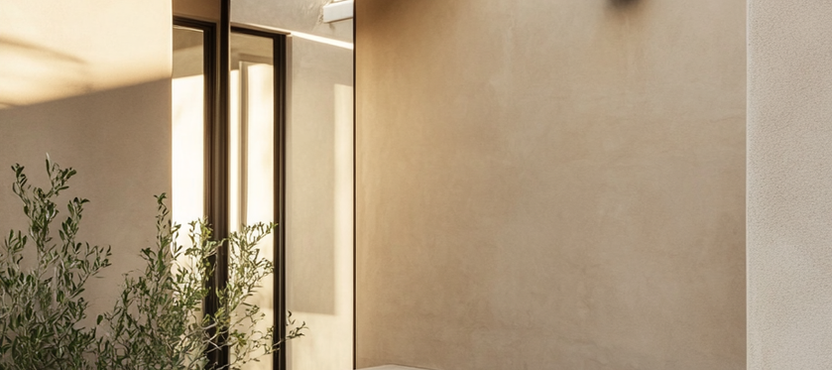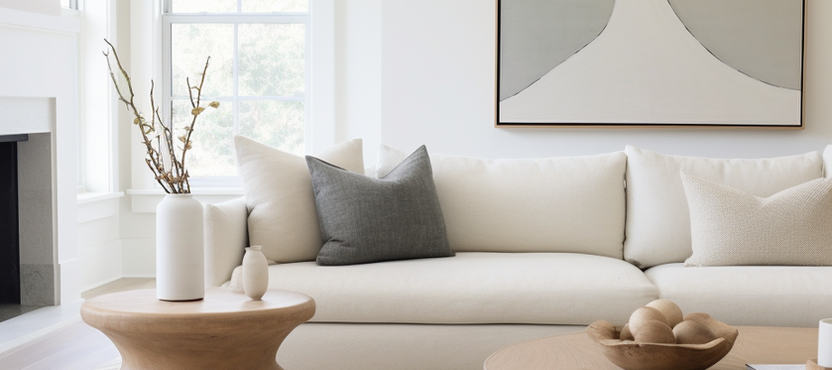Functional Interior Design Done Right: How to Create a Space That Works for You
- Beril Yilmaz

- Feb 10
- 4 min read
When it comes to designing a home that truly works for you, functional interior design is the key. A home should not only be beautiful but also serve your everyday needs seamlessly. Without functionality, even the most stunning spaces can feel impractical, while a purely utilitarian home might lack warmth and character.
Think about a sleek, modern kitchen with no counter space to prep a meal or a living room so filled with furniture that you can barely move around. These are prime examples of how design can fail when function isn’t considered. The goal is to strike the perfect balance—where style meets usability, and aesthetics work in harmony with real-life demands.
Whether you live in a small apartment or a sprawling house, incorporating functional interior design can transform the way you experience your space. Below, we share nine expert-backed strategies to create a home that is as practical as it is visually appealing.
1. Functional Interior Design: Start With Purpose
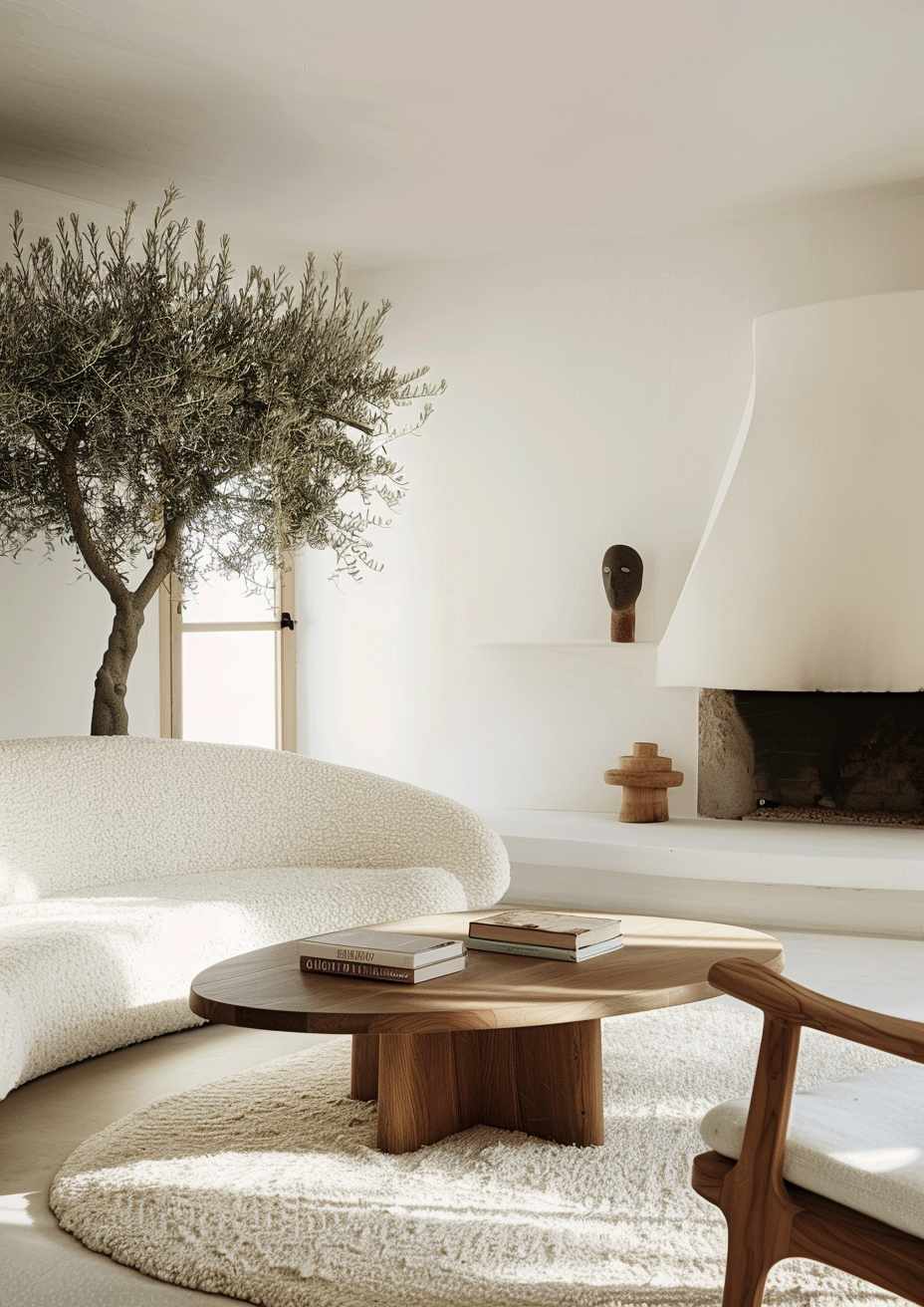
Before making any design choices, start with a clear understanding of your needs. Ask yourself: How do you use each room? What are the daily activities that take place there? Do you need a cozy, relaxing space, or a high-energy, productive environment?
For example, if you work from home, your office should be designed for focus and efficiency, with ample lighting, comfortable seating, and clutter-free surfaces. If you love entertaining, your living and dining areas should prioritize seating, flow, and conversation-friendly layouts. A well-designed space should enhance your lifestyle, not hinder it.
2. Functional Interior Design: Smart Furniture Choices
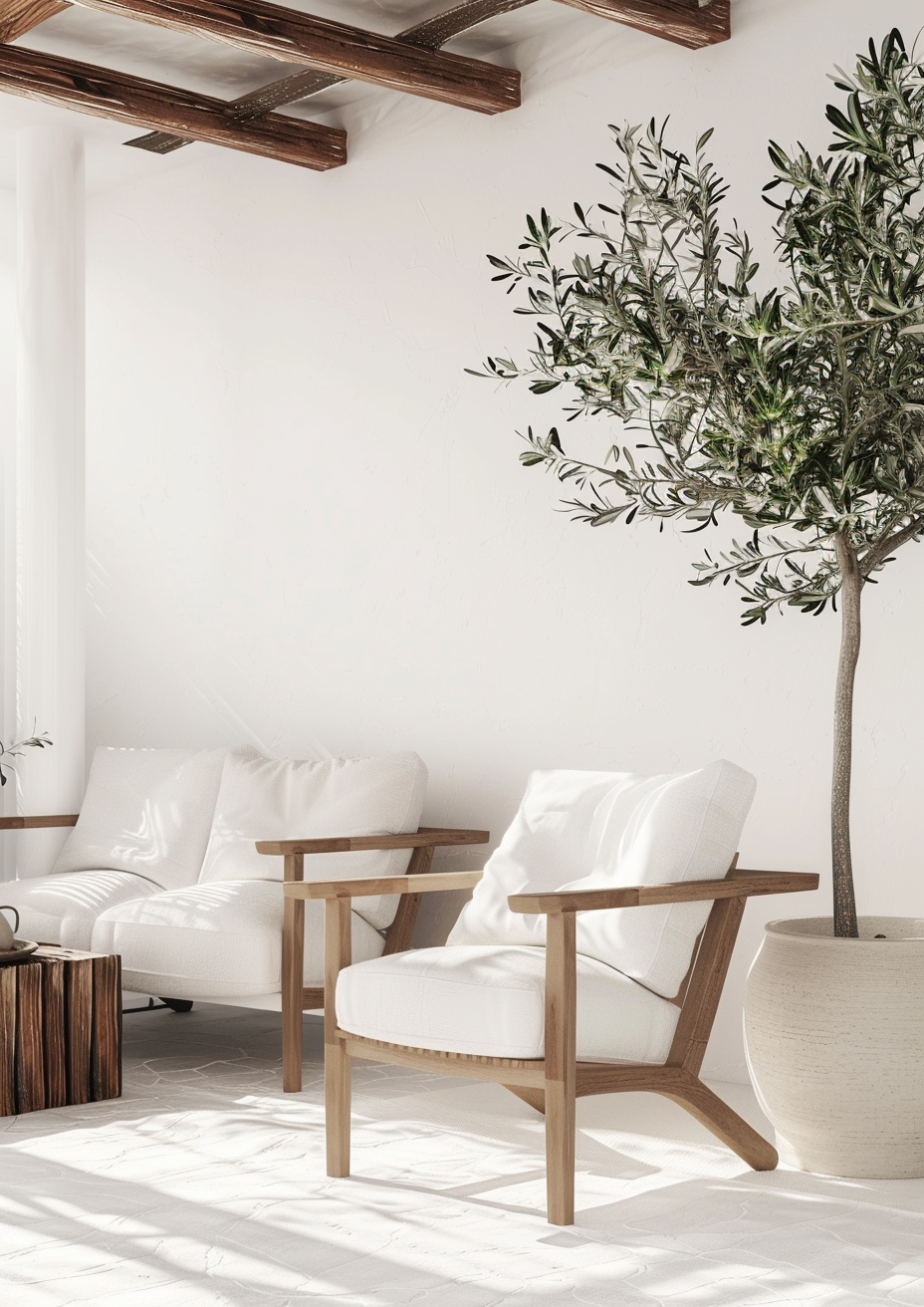
Furniture should never just look good—it should work hard too. The best pieces combine style with multiple functions, helping you maximize space and efficiency.
Opt for storage ottomans, nesting tables, and extendable dining tables.
Choose sofas with built-in storage or sectionals that adapt to different layouts.
Invest in modular furniture that can be rearranged to fit different needs.
Multi-functional furniture is a game-changer, especially in small homes where every square inch counts.
3. Functional Interior Design: Prioritize Traffic Flow
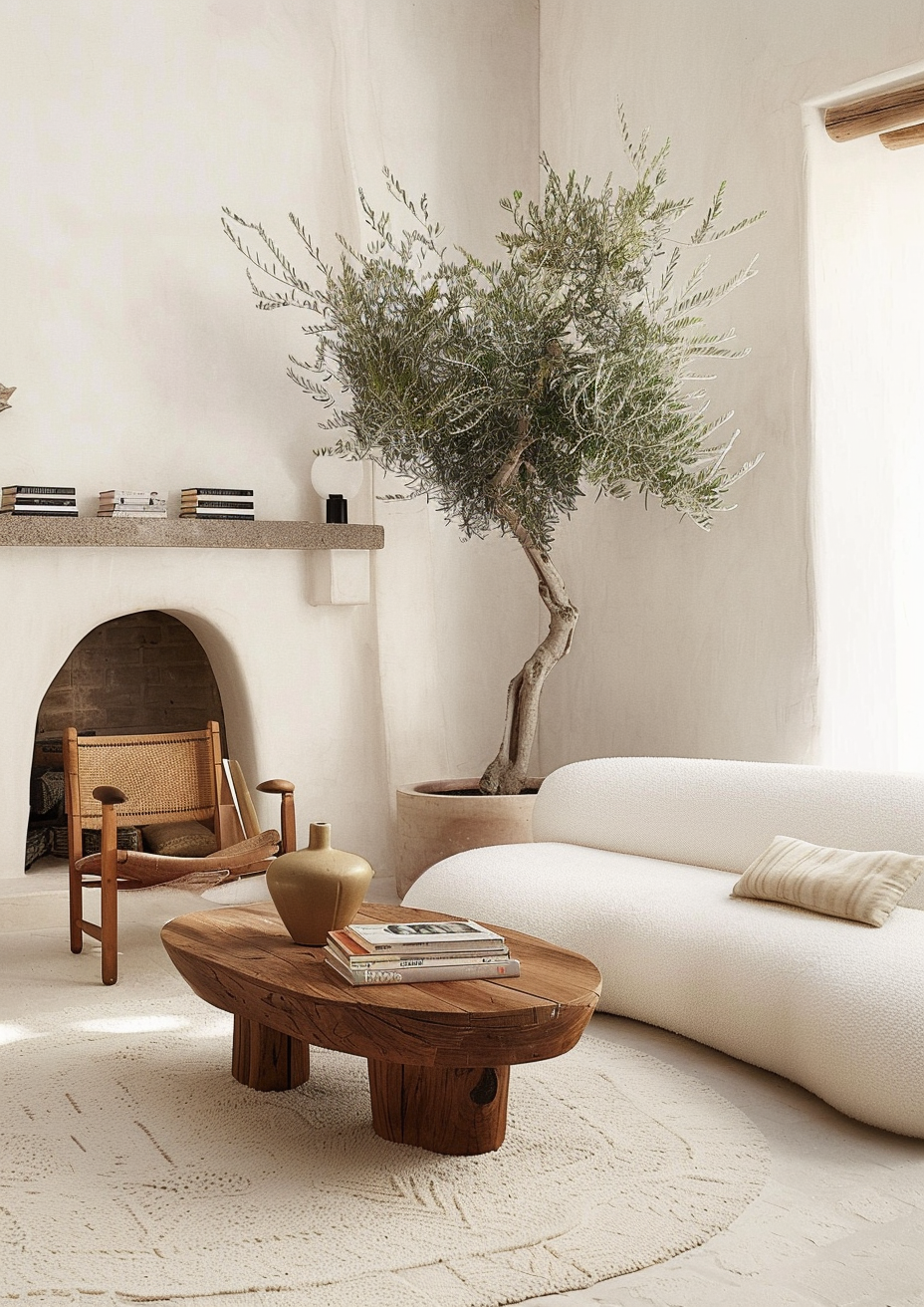
An often-overlooked aspect of design is how you move through a space. Poor layout decisions can make a home feel cramped and inconvenient.
Ensure there is at least three feet of clearance for walkways.
Avoid placing furniture too close together, which can make a space feel cluttered.
Arrange rooms so that movement feels natural, without obstacles in the way.
The best interiors feel open, airy, and intuitive, making daily life more comfortable.
4. Functional Interior Design: Hidden Storage Solutions
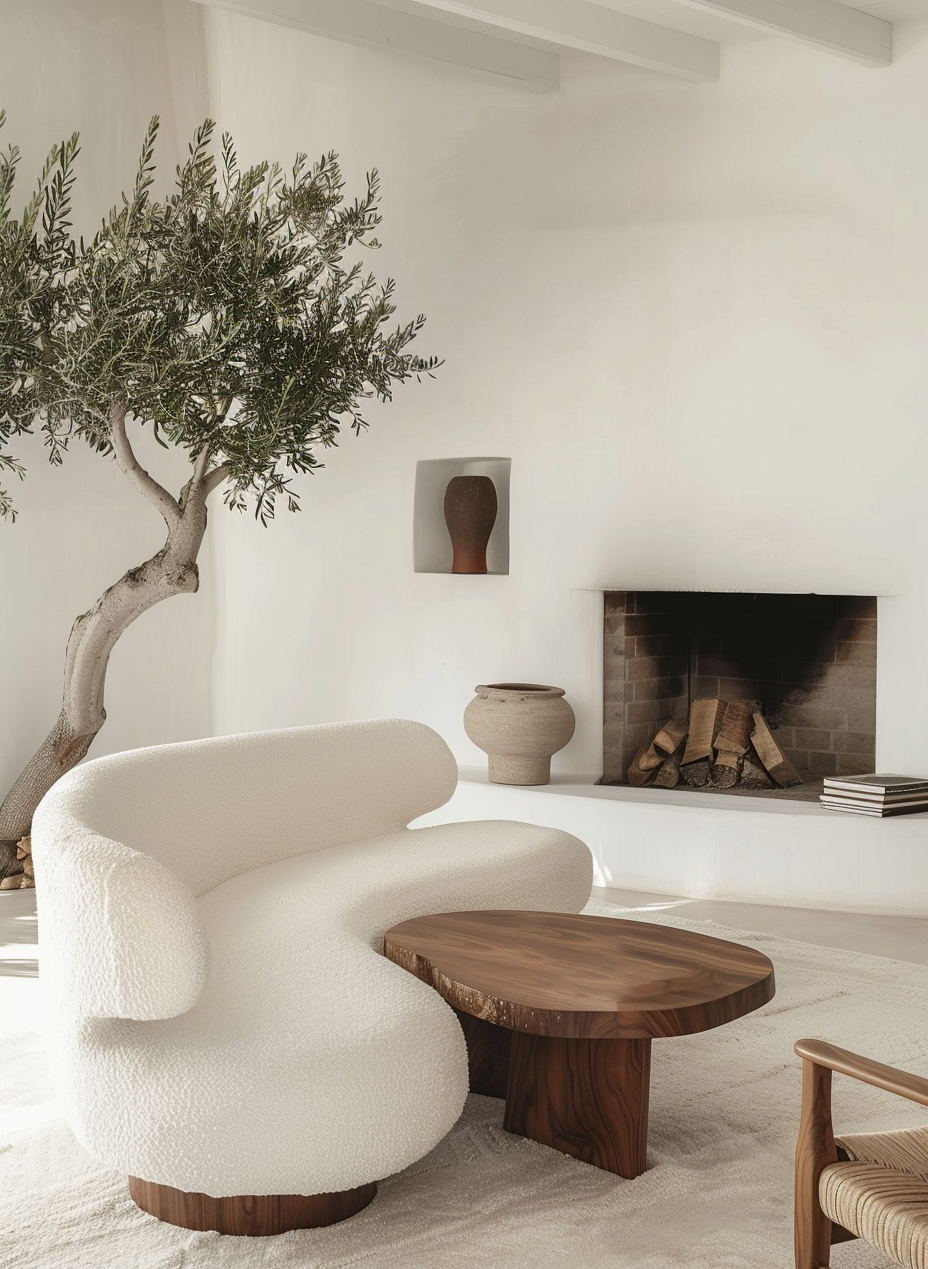
Storage is one of the biggest challenges in any home, but the right design choices can make it effortless.
Use vertical storage like wall-mounted shelves and cabinets to free up floor space.
Integrate hidden storage in unexpected places—under staircases, inside bed frames, or behind mirrors.
Invest in custom built-ins that fit your home’s exact needs.
A clutter-free home isn’t just more beautiful—it’s easier to live in.
5. Functional Interior Design: Durable and Low-Maintenance Materials
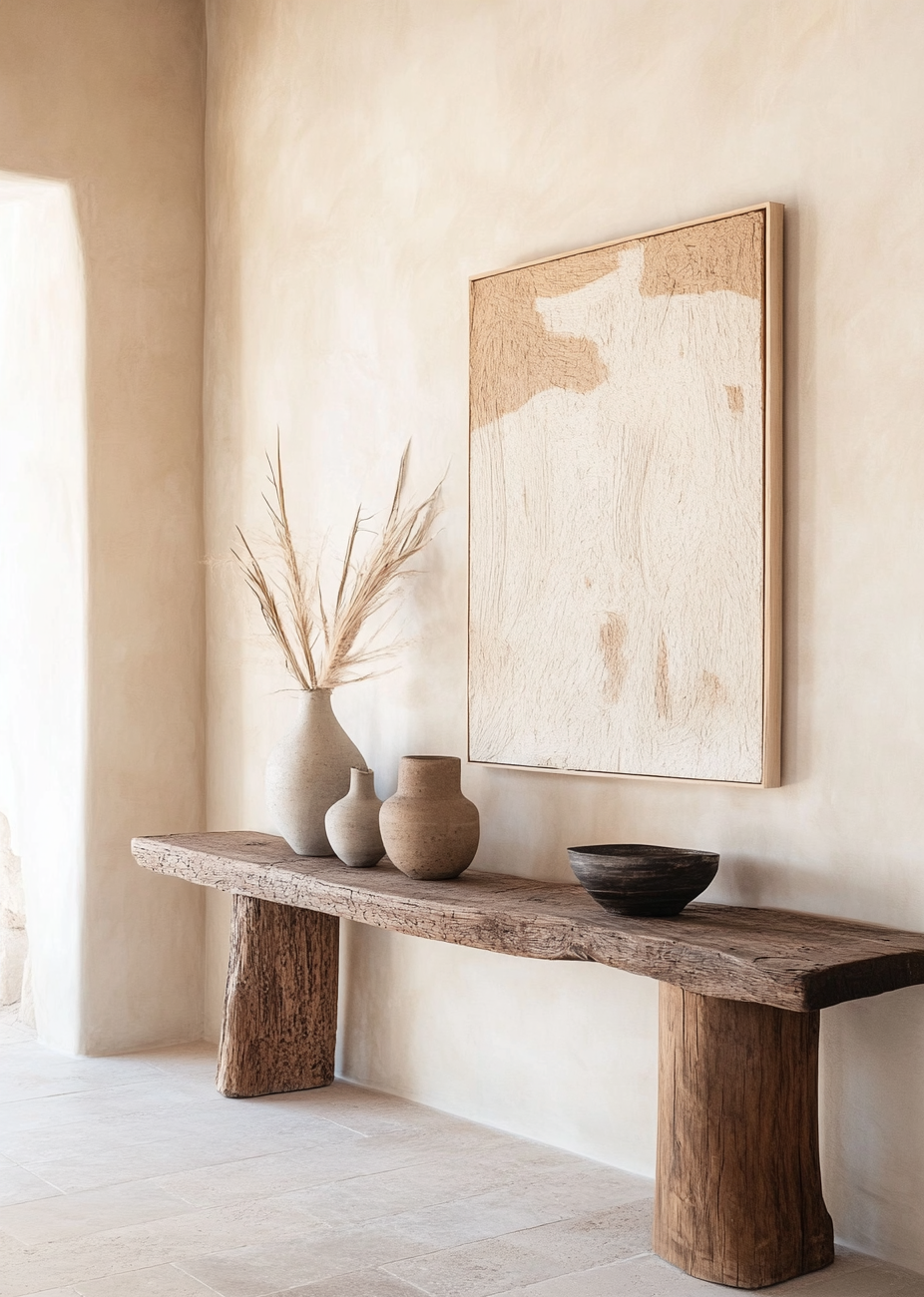
A stylish home isn’t just about appearances; it should also be practical and easy to maintain. The materials you choose play a huge role in functionality.
Select stain-resistant fabrics for sofas and chairs, especially if you have kids or pets.
Use durable countertops like quartz or granite in kitchens and bathrooms.
Opt for scratch-resistant flooring such as LVP (luxury vinyl plank) or hardwood with a protective finish.
A well-designed home should stand up to everyday life while still looking great.
6. Functional Interior Design: Layered Lighting for Every Mood

Lighting is one of the most crucial elements of functional interior design, yet it’s often overlooked. A room should have different lighting options for different activities.
Ambient lighting (ceiling fixtures, chandeliers) provides overall illumination.
Task lighting (desk lamps, under-cabinet lights) enhances functionality for specific tasks.
Accent lighting (wall sconces, LED strips) adds warmth and depth to a space.
By combining these layers, you can create a space that’s both practical and inviting.
7. Functional Interior Design: Flexible and Adaptable Spaces
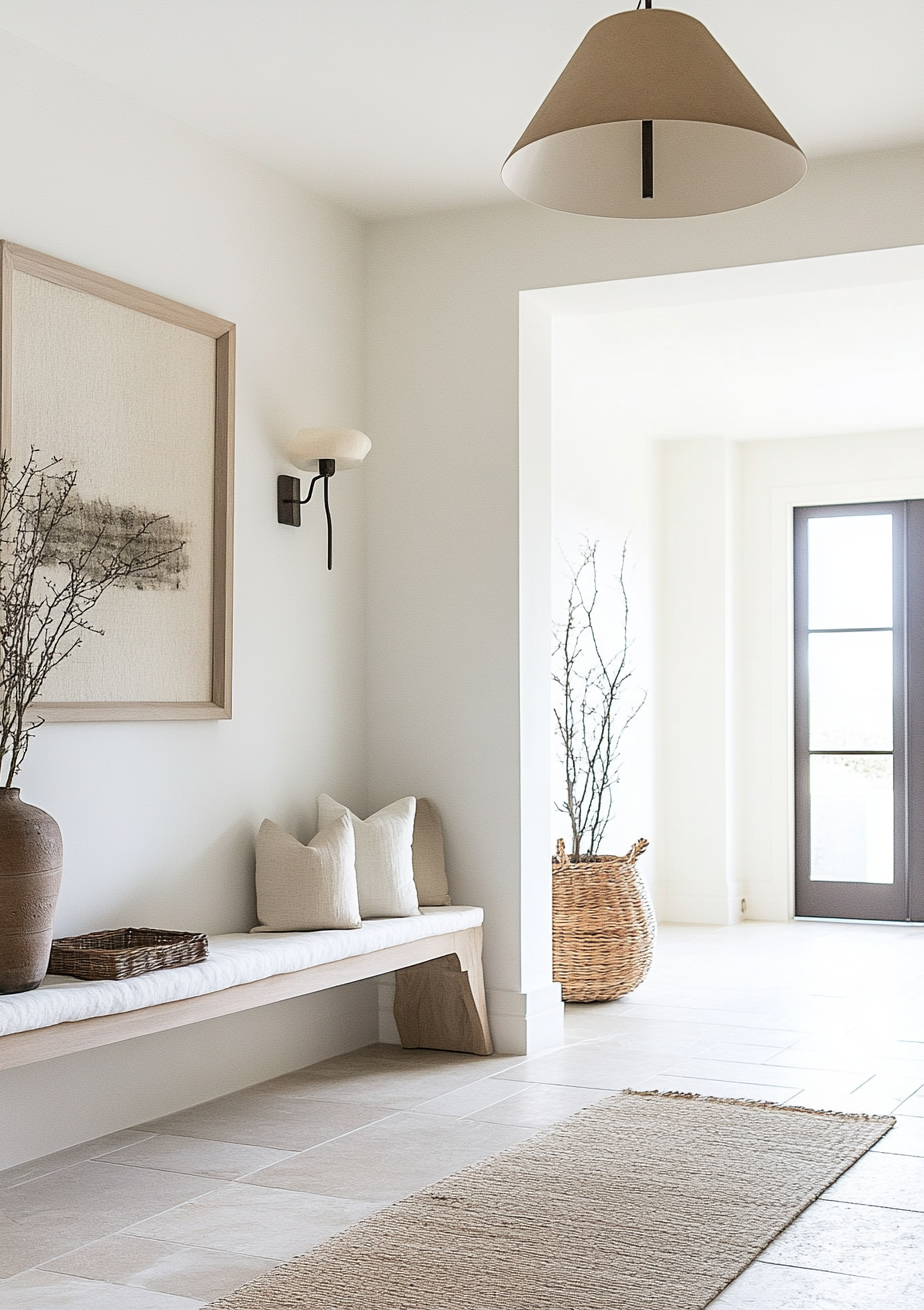
Your home should grow and change with you. Whether you’re starting a family, working remotely, or simply evolving your lifestyle, adaptability is key.
Create multi-purpose rooms that can serve different functions (e.g., a guest room that doubles as a home office).
Use movable partitions or curtains to redefine spaces as needed.
Invest in furniture on wheels for easy reconfiguration.
A flexible home ensures that your space remains functional and relevant over time.
8. Functional Interior Design: Integrate Technology Seamlessly
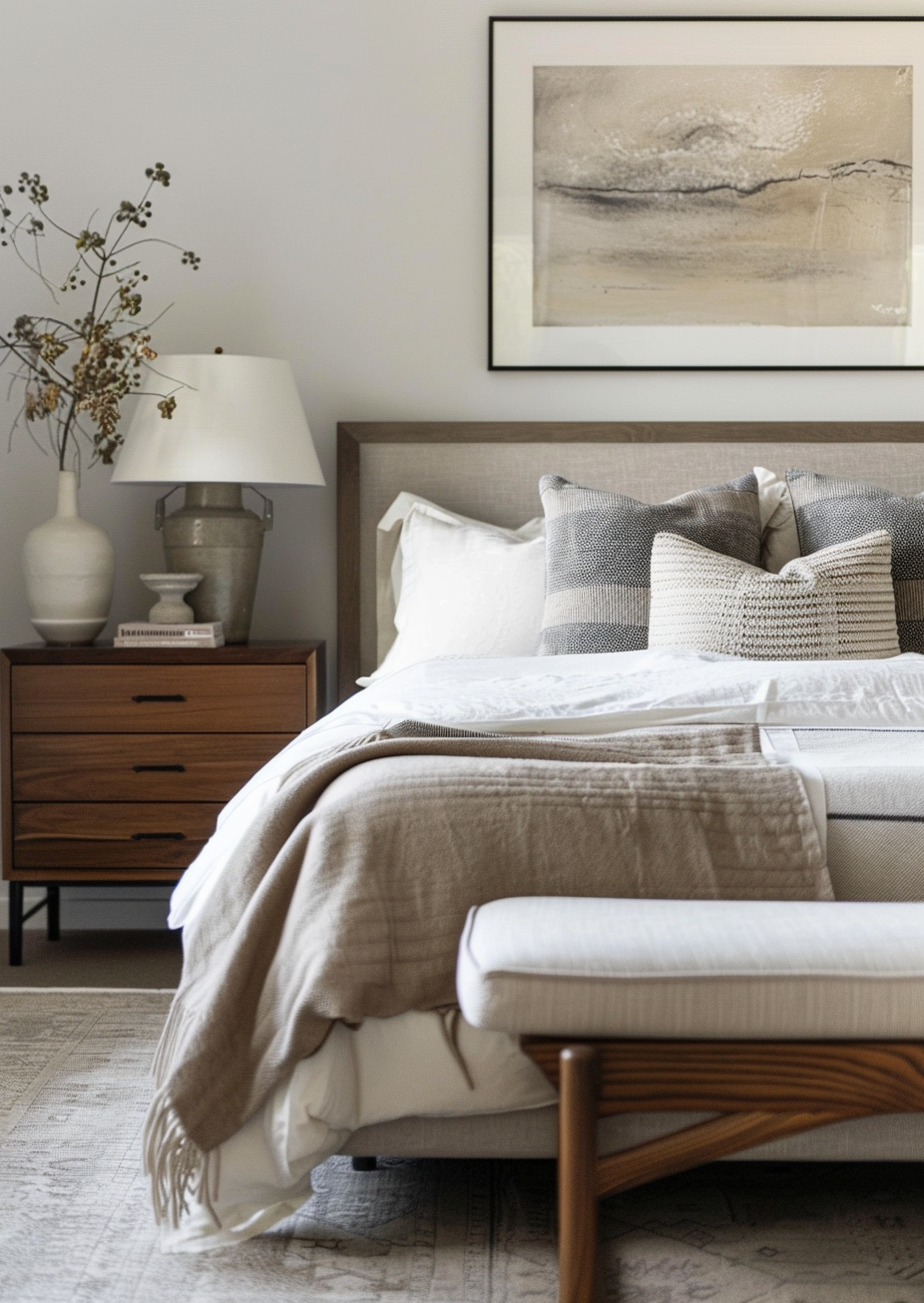
Technology is a major part of modern living, but it shouldn’t take away from your home’s aesthetic. Instead, find ways to blend it seamlessly into your design.
Choose wireless charging stations and smart plugs to reduce cable clutter.
Use smart lighting systems that adjust brightness and color based on the time of day.
Invest in built-in speakers and TVs that double as artwork when not in use.
Tech should enhance your home’s functionality while remaining visually discreet.
9. Functional Interior Design: Personalize Your Space
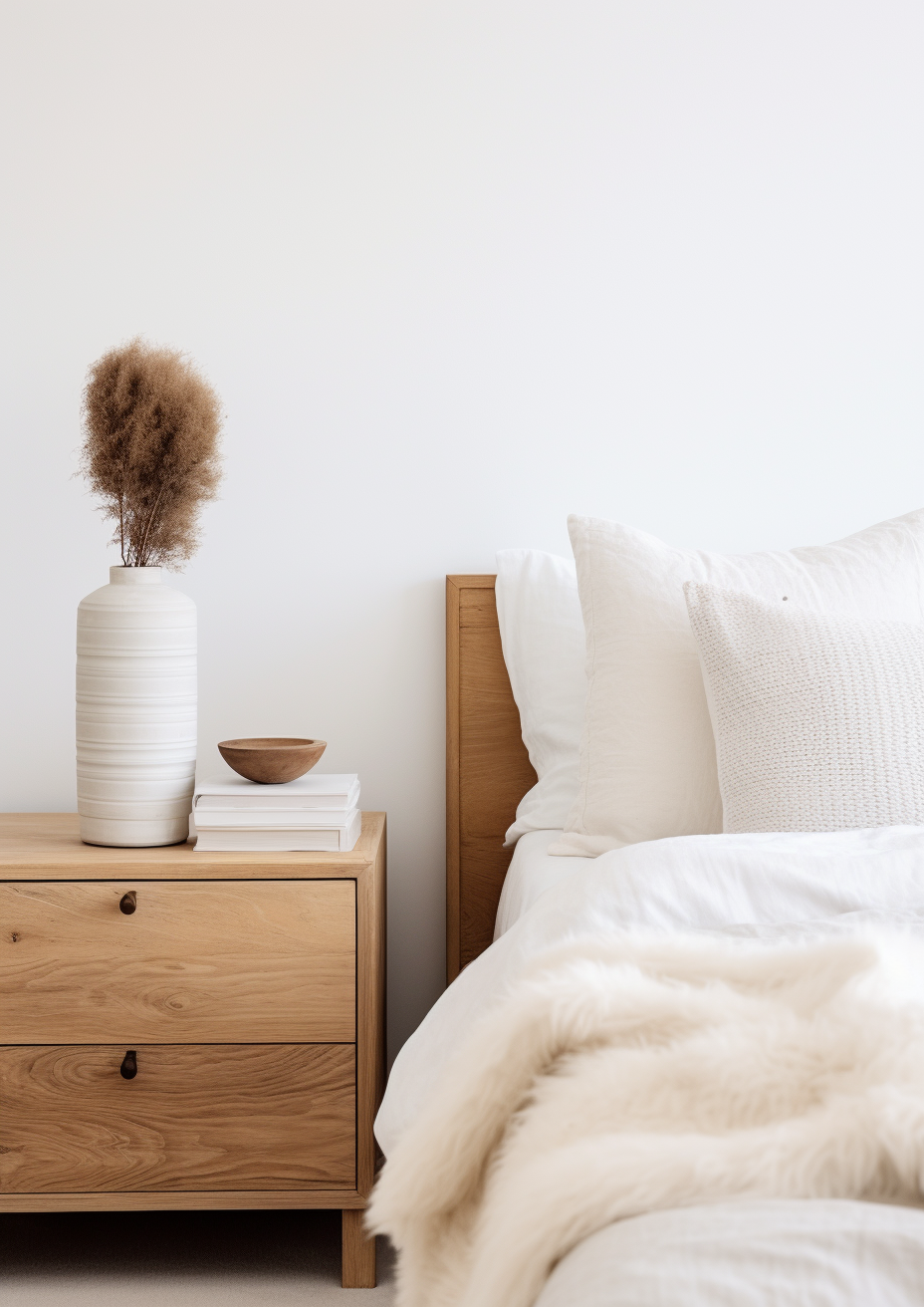
At the end of the day, your home should reflect your personality and needs. The best interiors are both stylish and deeply personal.
Incorporate art, textures, and colors that make you feel at home.
Add elements that bring joy—whether it’s a reading nook, an indoor plant collection, or a cozy seating area.
Mix aesthetics with practicality by choosing pieces that are both meaningful and useful.
Functional design isn’t about sacrificing beauty—it’s about making beauty work for you.
FAQs on Functional Interior Design
Q: What is functional interior design?A: Functional interior design prioritizes both style and usability, ensuring that a space looks great while also serving daily needs efficiently.
Q: How can I make my home more functional?A: Focus on smart furniture choices, good lighting, efficient layouts, and hidden storage solutions to create a more livable space.
Q: Can small spaces still be functional and stylish?A: Absolutely! Multi-purpose furniture, vertical storage, and thoughtful layouts can make even the smallest home highly functional and beautiful.
Need Expert Help?
Creating a home that’s both beautiful and functional doesn’t have to be overwhelming. At BY Design And Viz, we specialize in interior, exterior, and architectural design that seamlessly blends form and function. Whether you're renovating a single room or designing a brand-new space, our expert team can bring your vision to life.
Contact us today for a consultation and start transforming your home!









